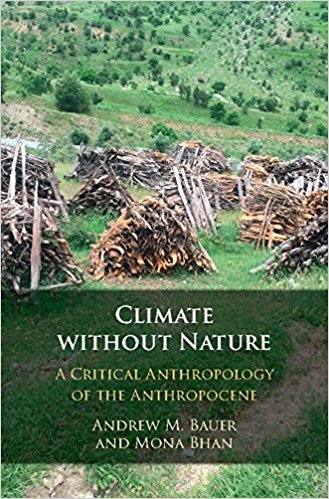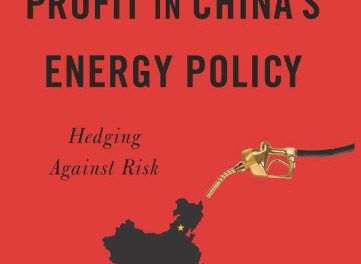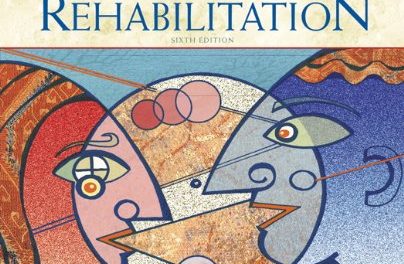 Authors: Andrew M. Bauer and Mona Bhan
Authors: Andrew M. Bauer and Mona Bhan
Publisher: Cambridge University Press – 167 pages
Book Review by: Sonu Chandiram
The Anthropocene is typically referred to as a geological time period in history during which humans made a significant impact on Earth’s geology and ecosystems, including climate change. Initially, this change was gradual, but in the present era, such change has become accelerated.
The Anthropocene time period however has not been officially recognized by all geologists and environmental scientists. While the Working Group on the Anthropocene (WGA) has voted to formally designate the epoch Anthropocene and presented their recommendation to the International Geologic Congress to do so on August 29, 2016, neither the International Union of Geological Sciences nor the International Commission on Stratography has yet officially approved the term as a recognized subdivision of geological time. This is indicated in an article in Wikipedia.
There is also no formal agreement on the duration of the Anthropocene period. Various dates have been proposed by different groups, but none has been agreed upon by a recognized body. The dates range from the start of the Agricultural Revolution about 15,000 years ago, to as recent as the Trinity Test in 1945. Trinity was the code name of the detonation of a nuclear weapon, which was conducted by the United States Army on July 16, 1945.
This book is described as one “that offers a critical reading of the Anthropocene that draws on archeological, ecological, geological, and ethnographic evidence to argue that the concept reproduces the modernist theory between Society and Nature and forecloses a more inclusive politics around climate change.”
The typical division of thought between those who believe that human beings are basically biological beings, and others who assert that they are geographical agents, is challenged by the authors. They draw upon ontology – the philosophical study of the nature of being, becoming, existence, or reality – to assert that certain types of human activity have certainly led to climate change, particularly global warming.
The book description continues: “Building on contemporary critiques of capitalism, they (the authors) examine different conceptions of human-environment relationships derived from anthropology to engage with the pressing problem of global warming”
To give you an overview of what s covered in this compact book, we list the titles of its chapters:
- Introduction: Materializing Climate
- Assembling the Anthropocene
- On Soils, Stones, and Social Relationships of Geophysical History
- On Glaciers and Grass and Weather and Welfare
- Social Welfare Without the Anthropocne’s Nature
- Conclusion: Toward a Critical Anthropology of Global Warming
So divided are the views among people in the United States government – that global warming is partly caused by human activities that raise greenhouse gas concentrations – is demonstrated by this event that the authors cite: On January 25, 2015, the U.S. Senate voted 98-1 to approve a resolution that stated: “It is the sense of the Senate that climate change is real and not a hoax.” Shortly after, the Senate rejected a follow-up resolution that linked the reality of climate change with human activities: “Climate change is real and human activity significantly contributes to climate change.”
The authors write: “That the Senate could acknowledge that climate change was real and not acknowledge the role of humans in it serves as a fitting reminder of the politics of global warming in the United States as well as in many other parts of the globe, especially as it pertains to human activities and responsibility.” They point to the “overwhelming scientific evidence that points to the role of human fossil fuel consumption in changing the planet’s atmosphere and climate.”
These are the scientific phenomena that point to global warming, the authors cite:
- Record-setting temperatures
- More frequent heat waves
- Earlier spring agricultural planting
- Difficulty of ice fishing on thin ice
- “White” Christmases that are now romanticized visions of a former time in some places
It is becoming increasingly difficult to ignore global warming in light of the numerous times we hear meteorologists on television mention of “unseasonably warm temperatures’ and rain in mid-January, instead of snow, the authors point out.
This book is an eye-opener and a must-read for all. As a matter of fact, it’s quite an easy read.
Authors:
Andrew M. Bauer is Assistant Professor of Anthropology at Stanford University, California. He is the author of Before Vijayanagara: Prehistoric Landscapes and Politics in the Tungabhadra Basin (2015)
Mona Bhan is Associate Professor of Anthropology at DePauw University, Indiana. She is the author of Counterinsurgency, Democracy, and the Politics of Identity in India: From Warfare to Welfare? (2014).







